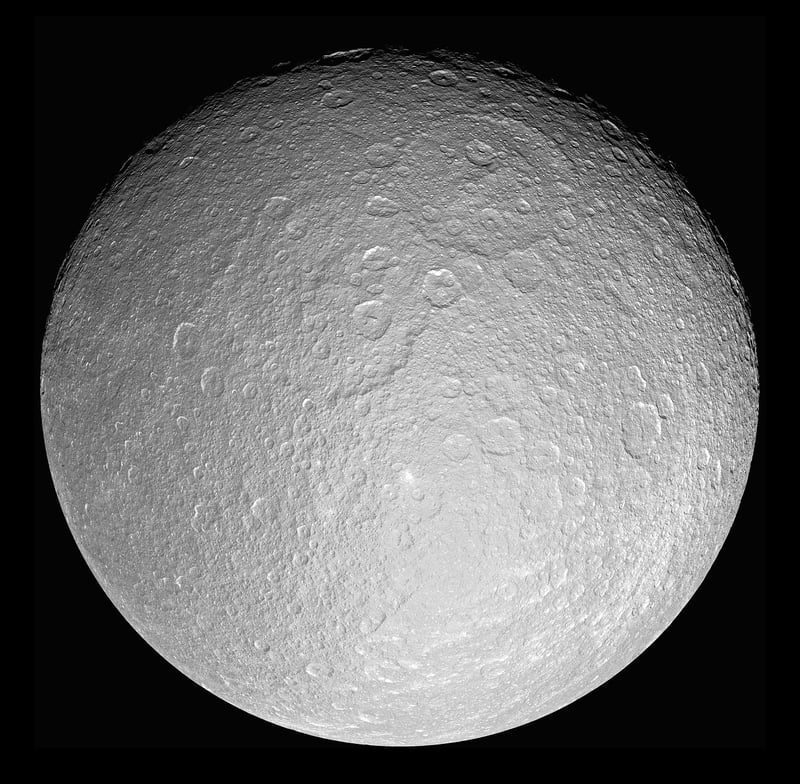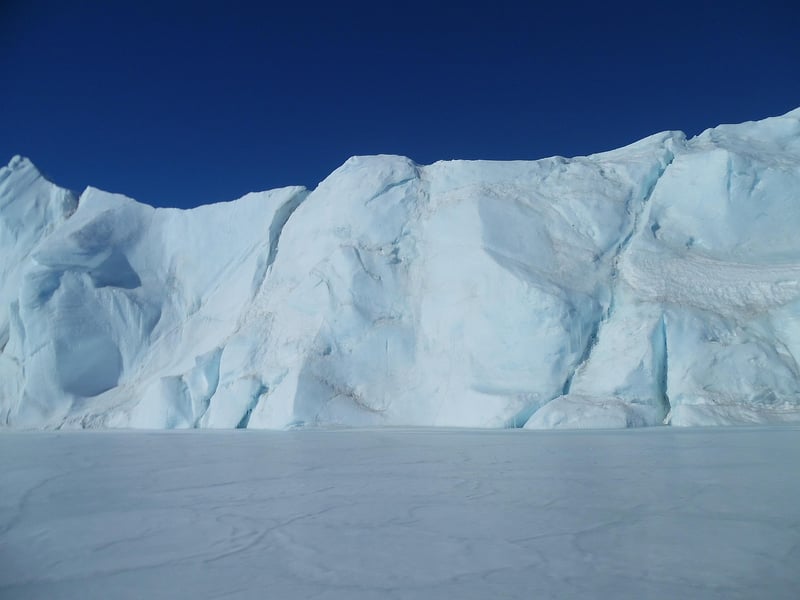Extreme Environments
The Search for Extraterrestrial Life in Extreme Environments
Exploring the possibility of extraterrestrial life has always been a fascinating subject for scientists and enthusiasts alike. While the search for alien life often conjures up images of habitable planets similar to Earth, recent studies have expanded the scope to include extreme environments both within our solar system and beyond.
Extreme Environments on Earth
Before venturing into the depths of space, researchers have turned their attention to extreme environments on Earth that mimic conditions found on other planets. Places like the Atacama Desert in Chile, with its arid and Mars-like terrain, or the hydrothermal vents at the bottom of the ocean, offer valuable insights into the types of conditions where life could potentially exist.

Exploring Moons and Planets
Moons like Europa, which orbits Jupiter, have vast subsurface oceans that could harbor microbial life. Similarly, the methane lakes on Titan, Saturn's largest moon, present another intriguing possibility for finding unique forms of life. Robotic missions and upcoming exploration endeavors aim to unravel the mysteries of these distant worlds.

The Role of Extreme Environments
Extreme environments challenge our understanding of life itself and push the boundaries of where and how life can thrive. The resilience of extremophiles on Earth, organisms that survive in extreme conditions such as high temperatures or acidic environments, provides a glimpse into the adaptability of life forms in the universe.
Key Takeaways:
- Extreme environments on Earth offer valuable insights into potential extraterrestrial habitats.
- Moons and planets within our solar system present opportunities for discovering alien life forms.
- Studying extremophiles helps scientists understand the adaptability of life in diverse environments.
As technology advances and our understanding of life evolves, the search for extraterrestrial life in extreme environments continues to captivate our imagination and drive scientific discovery.
